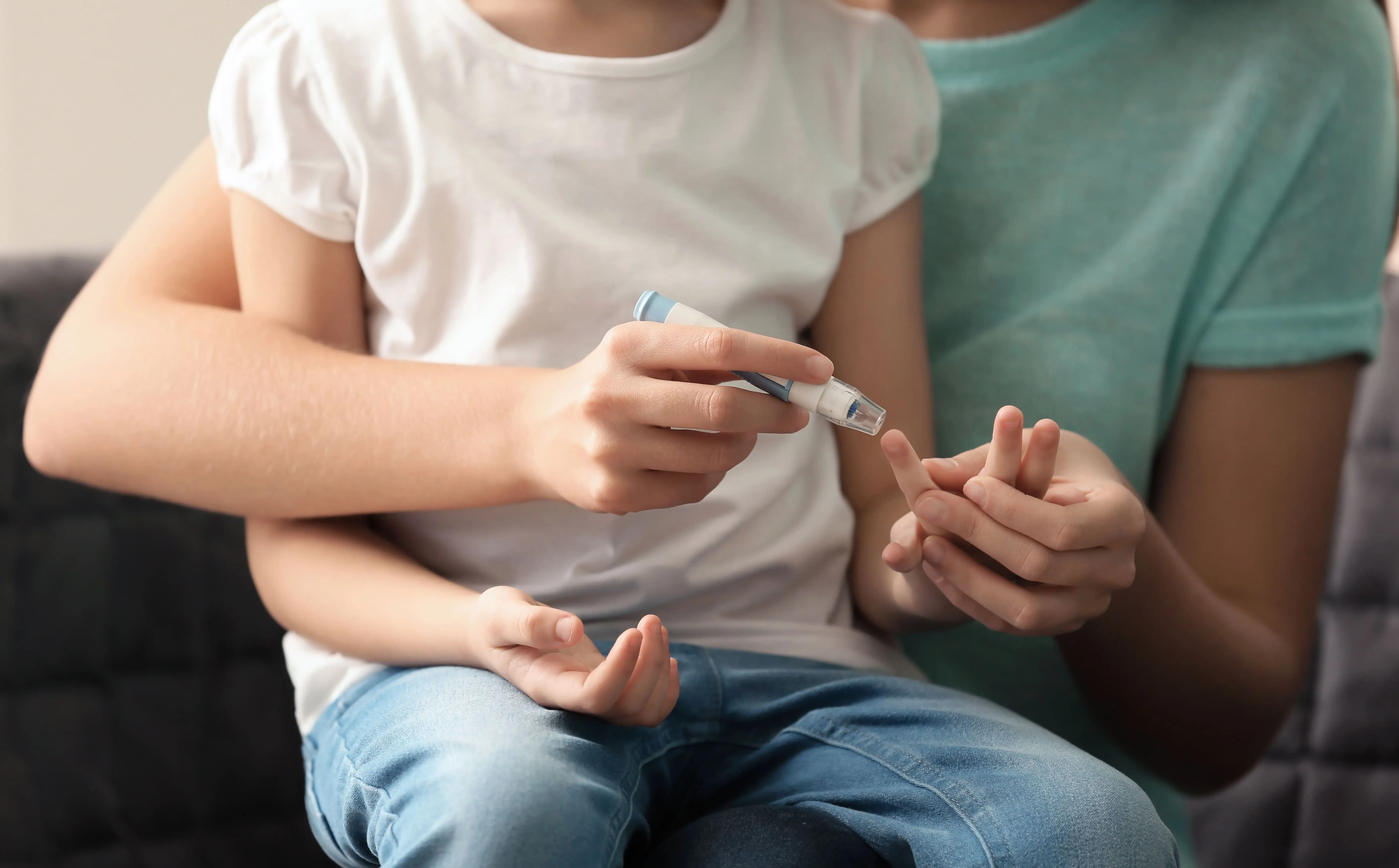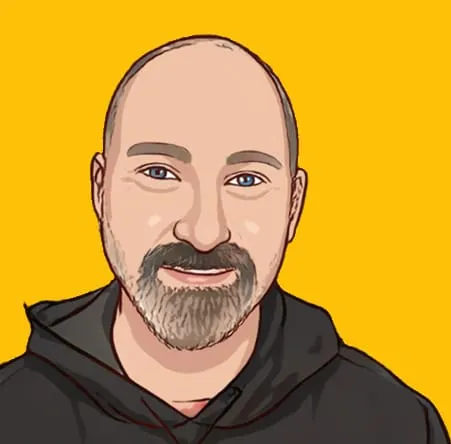"If we had known before there was a risk ..."
This is a phrase that many families are repeated after the diagnosis of type 1 diabetes with ketoacidosis in their children.
More than 30% of children in Spain debut with type 1 diabetes through a diabetic ketoacidosis (CAD), a serious, urgent medical situation, and in many cases avoidable.
The good news is that this is starting to change.
📣 A new consensus of thirst, seen and SEEP marks a before and after: proposes a screening protocol to detect type 1 diabetes long before the first symptoms appear.As?Through the detection of autoantibodies in people with high risk, especially first -degree relatives of people with type 1 diabetes.
🔍 What does this mean for us, as a community?
👉 That if you have type 1 diabetes, your children, brothers or nephews can benefit from a follow -up that saves them debuting with a serious crisis.
👉 That the possibility of receiving education, emotional accompaniment and medical control opens from a very early phase.
👉 That the future of our disease can begin to be written from prevention, not only from the reaction.
📊 In countries like Germany, thanks to pediatric screening programs, CAD cases in the debut have dropped to 2.5%.Meanwhile, in Spain, they continue to increase, especially after the pandemic.This consensus is a determined step to reverse that situation.
💬 Type 1 diabetes does not appear from one day to another.Detecting it soon is to gain time, health and tranquility.
If you have close children or relatives, we encourage you to inform you about this new protocol, ask in your health center or endocrinology unit, and share this information with other families that may be in the same situation.
And if you want to better understand how life changes us with type 1 diabetes, how we face diagnoses, emotions and daily adaptation, we recommend reading the book "Living with diabetes: the power of the online community."
📖 A valuable gift for mothers, fathers, couples or friends who want to accompany better and understand what it really means to live with this condition.
Greetings,

